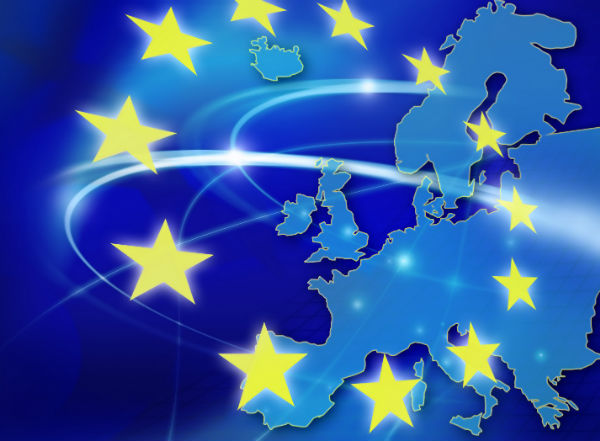UK Above EU Broadband Averages, But EC Warns About SMBs And Rural Coverage

EU Broadband figures show improved adoption and coverage but the European Commission says more must be done
The UK is performing above the European average in terms of broadband coverage, adoption and use, but the European Commission (EC) has warned that despite being on track to meet the majority of its digital targets by 2015, more must be done to connect rural areas, SMBs and eGovernment services across the continent.
According to the EU 2014 Digital Scorecard, the EC is on track to complete 95 of its 101 targets and says there has been an increase in Internet use, online shopping and overall ICT skills and confidence.
The number of EU citizens who use the Internet at least once a week has increased to 72 percent from 60 percent in 2010, while use among those considered as disadvantaged, such as the unemployed, less educated and elderly, has increased from 41 percent to 57 percent during the same period.
UK above average
 Only 20 percent of Europeans have never used the Internet, 47 percent are shopping online, while 100 percent of the population now has access to some form of broadband, whether fibre, cable, ADSL, 3G, 4G or satellite. In terms of superfast broadband, 4G availability has more than doubled from 26 percent to 52 percent in the past year, while 30Mbps fixed line broadband is now available to 62 percent.
Only 20 percent of Europeans have never used the Internet, 47 percent are shopping online, while 100 percent of the population now has access to some form of broadband, whether fibre, cable, ADSL, 3G, 4G or satellite. In terms of superfast broadband, 4G availability has more than doubled from 26 percent to 52 percent in the past year, while 30Mbps fixed line broadband is now available to 62 percent.
The UK compares favourably with many of these averages. Superfast broadband is available to 82 percent of homes here, while 87 percent of homes have a broadband subscription of some kind. Just over a quarter of these are superfast, more than the EU average of 21 percent, although ‘ultrafast’ broadband of 100Mbps or faster is used by just one percent of the UK population, compared to five percent across the EU.
4G coverage has also increased to 63 percent in the UK, and 89 percent of Brits use mobile broadband services compared to 62 percent in Europe. The EU says 87 percent of the population use the Internet at least once week and 77 percent purchase goods or services online, much higher than the European average.
Work to be done
The EC says it is on track to reach 95 of its 101 digital goals, but says there is still some work to be done.
“Most Europeans now live digital lives and they are hungry for more. We have solved the Internet access problem,” says European Commissioner Neelie Kroes. “But the digital skills gap persists. Unless we all do more, we will face a digitally illiterate underclass in Europe.”
According to the EC figures, only 14 percent of businesses with fewer than 250 employees are selling goods or services online and not a single EU member state comes close to achieving the European target of 33 percent by 2015.
Additionally, only 18 percent of rural households in the EU have access to superfast broadband, while the migration to eGovernment services has stagnated and they are used by just 42 percent of Europeans, increasing the risk that the EU’s target of 50 percent might not be achieved.
In the UK, the government is targeting 95 percent superfast broadband coverage by 2018 and is providing funding to local authorities as part of the Broadband Delivery UK (BDUK) programme, which has so far connected 508,000 homes and businesses that would not have received fibre as part of existing commercial roll-outs.
It is hoped that superfast broadband will improve the local economy, bring a range of social benefits and increase access to online services. One in five rural households say that slow broadband is harming their children’s education.
What do you know about fibre broadband?